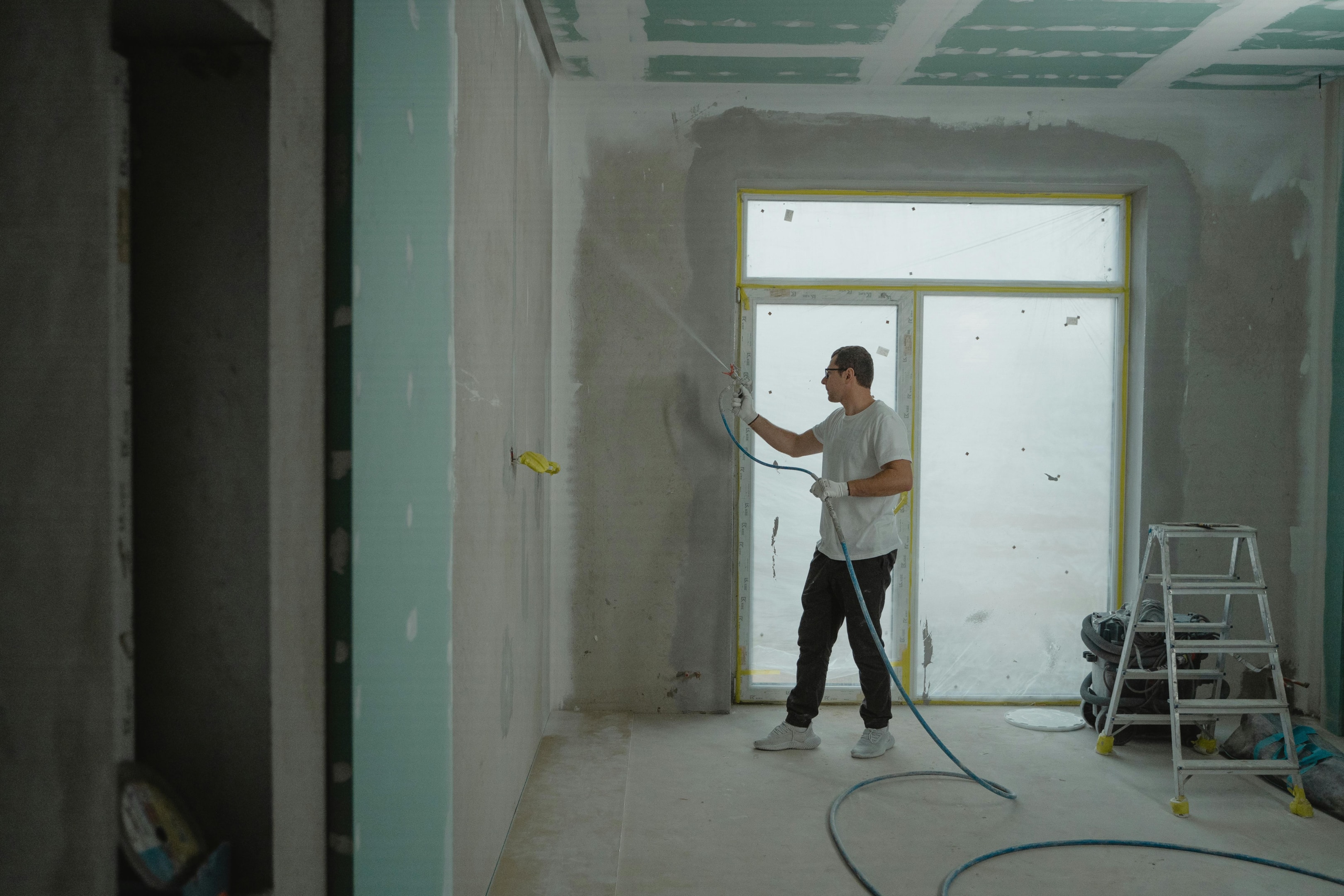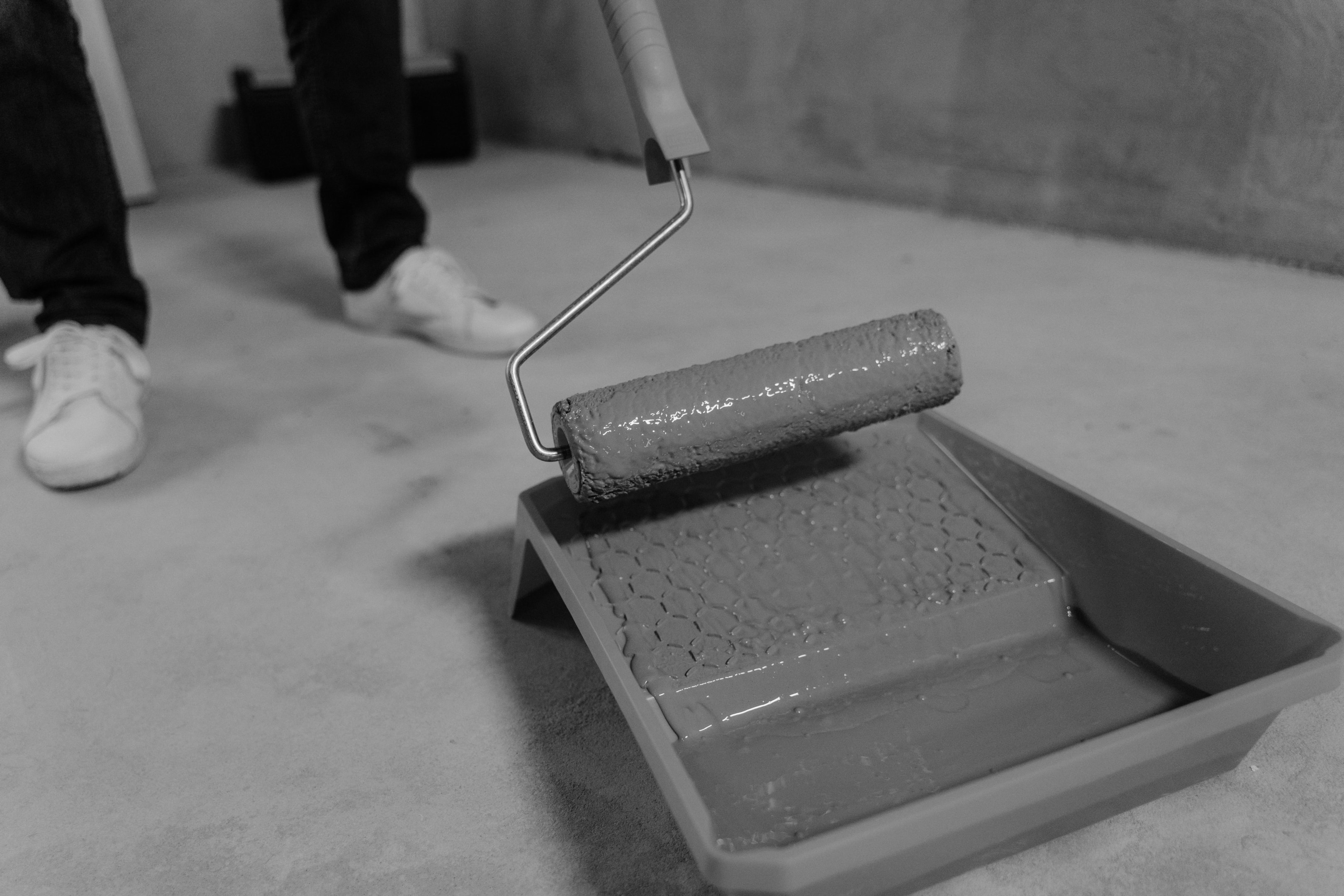
Starting a painting business in Australia can be a lucrative and rewarding venture. Whether you’re an experienced painter or an entrepreneur looking to enter the house painting business, a well-thought-out business plan is essential.
This guide will walk you through the steps to create a comprehensive painting business plan tailored to the Australian market.
Understanding the Painting Industry in Australia
Australia’s painting industry is diverse and dynamic, catering to residential, commercial, industrial and commercial painting clients. With growing demand for home improvement and construction projects, there’s ample opportunity for painting businesses to thrive. However, competition is stiff and a solid business plan is crucial for standing out.
Importance of a Business Plan
A business plan is a crucial tool for any entrepreneur or business owner, regardless of whether they are starting a new venture or looking to grow an existing one. Here’s why having a solid business plan is important:
1. Roadmap and Goal Setting: A business plan acts as a roadmap, outlining your business goals, strategies, and how you plan to achieve them. It helps you visualise the future of your business and identify the steps needed to get there.
2. Identifying Challenges and Opportunities: Writing a business plan involves researching your market, competitors, and financial viability. This process helps you identify potential roadblocks and opportunities you might have missed.
3. Making Informed Decisions: A business plan lays out your financial projections, marketing strategies and operational plans. This provides a framework for making informed decisions across all aspects of your business.
4. Securing Funding: If you need to secure funding from investors or lenders, a well-written business plan is essential. It demonstrates the credibility of your business idea, your understanding of the market and how you plan to use the funds.
5. Communication Tool: A business plan can be a useful communication tool for keeping your team members aligned on the company’s goals and strategies. It can also be helpful when onboarding new employees or partners.
6. Adapting to Change: The business world is constantly evolving. A business plan is not a static document; it should be reviewed and updated regularly to reflect changes in the market and your business goals.
In conclusion, a business plan is a comprehensive document that provides a clear direction for your business. It helps you focus your efforts, identify potential challenges, make informed decisions and secure funding. While it might seem daunting at first, the time and effort invested in creating a solid business plan will pay off in the long run.
Key Elements of a Painting Business Plan Template
1. Executive Summary
The executive summary provides a snapshot of your painting business, outlining your mission, vision and objectives as a small business owner. It should include:
- Business name and location: Clearly state the name of your business and where it will operate.
- Services offered: Specify the types of residential and commercial painting services you provide, such as residential, commercial, industrial, or specialty painting.
- Target market: Define your ideal customers and geographic areas you plan to serve.
- Business goals: Highlight your short-term and long-term goals, such as revenue targets, market expansion and service diversification.
2. Market Analysis
Conducting a thorough market analysis helps you understand the competitive landscape and identify opportunities. This section should cover:
- Industry overview: Provide an overview of the painting industry in Australia, including market size, trends and growth projections. Additionally, discuss the importance of deciding on a business structure and considering options in relation to business goals, rules, regulations, liability and taxation.
- Competitive analysis: Identify key competitors in your area, their strengths and weaknesses and what sets your business apart.
- Target audience: Analyse your target market’s demographics, preferences and pain points. This could include homeowners, property managers or commercial property owners.
3. Services and Pricing
Clearly define the services you offer and how you will price them. Consider:
- Service offerings: List the different types of painting services you provide, such as interior and exterior painting, exterior painting services, decorative finishes and maintenance.
- Pricing strategy: Outline your pricing model, whether it’s per hour, per square meter, or project-based. Ensure your prices are competitive yet profitable.
- Packages and discounts: Offer packages or discounts for recurring clients or large projects to attract and retain customers.
4. Marketing and Sales Strategy
Your marketing and sales strategy is critical for attracting and retaining clients. A well-planned marketing strategy should focus on:
- Branding: Develop a strong brand identity, including a logo, business cards and a professional website.
- Online presence: Invest in digital marketing, including SEO, social media and online advertising, to reach a broader audience.
- Local marketing: Utilise traditional marketing methods such as flyers, local newspapers and community events to build local awareness.
- Customer relationship management: Implement strategies for customer retention, such as follow-up emails, loyalty programs and excellent customer service.

5. Operational Plan
The operational plan outlines how your business will function daily. Include:
- Staffing: Detail your hiring plans, including the number of employees, their roles and any training programs.
- Equipment and supplies: List the tools and materials needed for your services and where you’ll source them.
- Workflow: Describe your process for managing projects, from initial consultation to job completion and follow-up.
Running your own painting business involves careful planning and execution to ensure smooth daily operations.
6. Financial Plan
A robust financial plan is essential for securing funding and managing your business’s finances. Include:
- Startup costs: Estimate the initial investment required, including equipment, supplies, marketing and legal fees.
- Revenue projections: Forecast your expected income based on market research and pricing strategy.
- Expense budget: Outline your fixed and variable costs, such as rent, utilities, salaries and marketing expenses.
- Profitability analysis: Calculate your break-even point and profit margins to ensure your business is financially viable.
Get Professional Help with Your Painting Business Plan
Creating a successful company and house painting business plan requires careful planning and execution. By following the steps outlined in this guide, you’ll be well on your way to establishing a thriving painting business in Australia. Remember, professional guidance can make a significant difference.
For expert assistance in crafting a comprehensive business plan tailored to your needs or simply tracking your cash flow and tax obligations, reach out to Grey Space Advisory. Our team of experienced advisors can help you navigate the complexities of starting and growing your painting business in Australia. Contact us today to get started on your journey to success!
FAQs About Starting a Painting Business in Australia
Do I need a license to start a painting business in Australia?
Yes, licensing requirements vary by state and territory. For example, in New South Wales, you need a contractor license from NSW Fair Trading. Check with your local regulatory body for specific requirements.
How can I compete with established painting businesses?
Focus on delivering exceptional customer service and quality. Build a strong online presence, gather positive reviews and offer competitive pricing. Specialising in niche markets, such as eco-friendly painting or high-end finishes, can also set you apart.
What insurance do I need for my painting company?
You should have public liability insurance to cover potential property damage or injuries. Additionally, consider workers’ compensation insurance for your employees and professional indemnity insurance to protect against claims of negligence or faulty work.